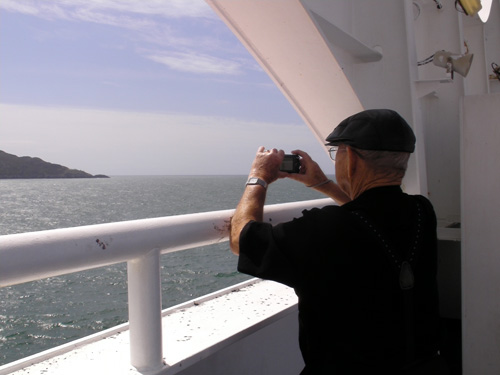Have you ever wondered why your film you shot on your new camera looks pedestrian and tired out? Maybe you are looking for new ways to shoot your footage in order to expand your skills as a camera operator or want to know how best to frame a scene be sure to continue reading as TechWench discusses how to get the most out of your video camera.

Long gone are the days of early Hollywood when cameras had to be static shots with the occasional pan or tilt if you were lucky. It was not long before the dolly was invented and the option of a moving camera became available to directors and so the scope of angles attainable by filmmakers widened so much so that it is rarer and rarer to see a static shot these days in films and television. Most tend to plump to use dolly or track shots and increasingly the use of boon arms with camera mounts to ensure that the audiences viewpoint on a scene is always changing. successive use of track shots can significantly increase the pacing of a film whereas booning the camera up or down can generate a sense of scale unattainable with a static camera.
But how can you, the budget filmmaker, push their camera to the greatest effect to get interesting angles without the use of expensive track and dolly systems or cranes to fly your camera through the air? One of the most important things to remember is that you are not limited to head height just because you see the world at your own head height. When deciding how best to frame a shot be sure to come away from the tripod and look for opportunities around the set for alternate angles to make use of. For instance, should you want to belittle your onscreen character then it may be an idea to position the camera high up in the corner of a room so that the audience is looking down upon the subject of the scene. Should you wish to pump up the importance or magnitude of a character then it may be worth your while positioning the camera lower and tilting it upwards to embiggen the characters sense of scale.
Don’t be afraid to shoot through a medium other than air, sometimes a cut away to a view of the scene from outside a window or through a bottle can be just what a scene needs to break tension or to act as a way to cut out of or into a scene. A camping scene is twice the scene if the tent is filmed from the outside and the silhouettes of the campers are visible as opposed to wholly constrained shots of the tent which does give the necessary sense of scale but that sense of scale is further driven home if the audience can see that it is in fact an even greater constrained location.
Even if you do not have the money for dollying equipment do not think that you must stick to your tripod and static shots, handheld shots can work though it is preferable to have a weighty camera if attempting this as it will reduce shake from the operator, a gamble you take when employing freehand filming. If one is to use a combination of static and handheld shots then be sure not to cut alternately between the two as this can be quite jarring to the audience and adds little to the pacing of the edit giving it a stilted stop – start sense of time.
When attempting to get some good handheld shots, make them as simple as you can to avoid having to repeat a complicated manoeuvre multiple times which can tire your operator out, which lowers the quality of the final product. Instruct your cameraman to breathe steadily and deeply through his nose whilst filming, this will help him stay more calm and steady with the camera and allows for smoother shots. If you are having trouble getting a smooth roll-in or roll-out of your tilts or pans then, as mentioned earlier in the series, bring a rubberband with you to the set! This tip is in the top ten of this filmmakers filmmaking top tip as it allows you to begin or end your tilts or pans smoothly even if your tripod is less than smooth this will certainly combat this and give your footage a much more professional look than a jerky, stop-start tilt or pan.
That about wraps it up for this instalment of Camera Wangles, the key points being;
– Get out of head height
– Get out of the room
– Breath for handheld shots
– Rubberbands
We hope you return to TechWench soon for more tips, tricks and information from inside the Tech Community!










Comments